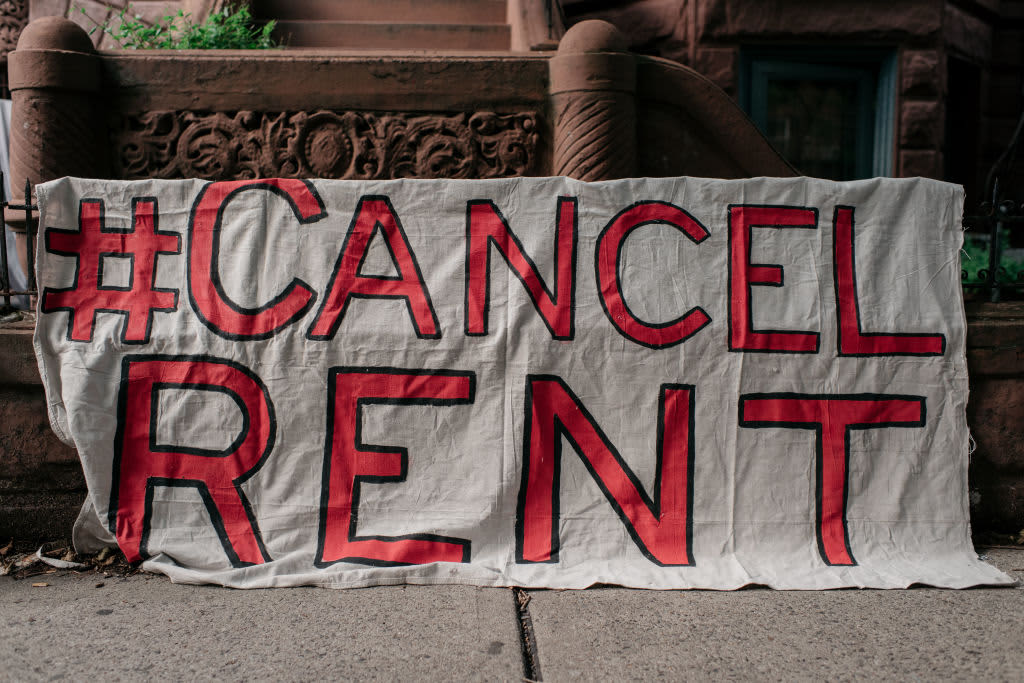Scott Heins | Getty Images News | Getty Images
Mom-and-pop landlords are in a worse financial position relative to their higher-earning peers as unemployment remains elevated and Americans continue to struggle to pay rent, according to a new analysis.
Roughly a third of individual landlords who own residential property are from low- to moderate-income households (those with incomes of less than $90,000 a year), according to researchers at the Hamilton Project, an economic policy arm of the Brookings Institution, a left-leaning think tank.
Such landlords derive a greater share of their income from rent relative to others.
For example, rent makes up 19% of household income for those making less than $50,000 a year, and 15% for those making $50,000 to $89,000 a year, the analysis found. By comparison, residential landlords who make more than $200,000 a year derive about 5% of their annual income from rent.
Unemployment
This dynamic is concerning, as millions of workers remain unemployed and may have trouble paying their rent from month to month, which may place disproportionate strain on mom-and-pop landlords, according to Wendy Edelberg, director of the Hamilton Project and a co-author of the analysis.
More than 8 million Americans hadn’t paid last month’s rent, according to a Census Bureau survey conducted at the end of August. About 77% reported loss of employment income in their household.
Employment among workers making less than $14 an hour remained 25% below pre-pandemic levels as of mid-August, according to an analysis by Opportunity Insights. By comparison, the top half of wage earners (those making more than $20 an hour) were right around break-even.
Unemployed individuals stopped receiving a $600-a-week federal enhancement to jobless benefits at the end of July.
States recently started paying out an extra $300 a week offered through a federal Lost Wages Assistance program, but that funding only lasts for up to six weeks. Some states have already issued that funding in full.
Eviction ban
The Centers for Disease Control and Prevention issued a ban on evictions earlier this month for most people struggling to pay their rent.
That followed an earlier, narrower ban through the CARES Act relief law that applied to renters living in any property with a federally backed mortgage or tenants living in rental units participating in certain federal programs. That policy ended at the end of July.
The CDC moratorium “does not address longer-term issues, including how affected renters would pay their rent (including back rent and other housing expenses, such as utilities) or how landlords would pay their mortgages,” the GAO report said.
